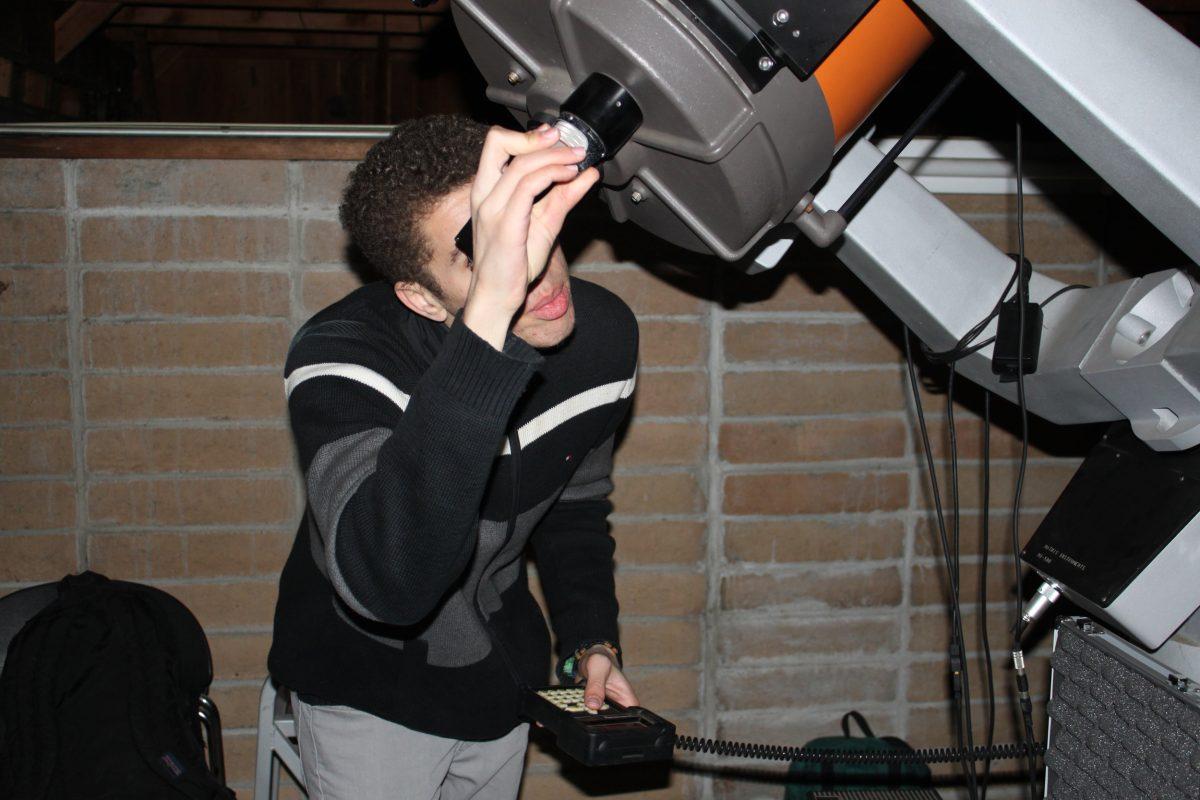Forget about buying a star from a questionable website you stumbled across. Instead, follow in Sonoma State’s footsteps and have an asteroid named after you! Yes, Sonoma State now has anasteroid named after it.
This impressive feat may seem like a daunting, expensive and time-consuming task, but the Department of Physics and Astronomy offers a different story. “We were really thrilled and honored to have Sonoma State recognized for the work that we do in space science,” Dr. Lynn Cominsky said. The naming came as an exciting surprise to Cominsky, professor and chair of the department. The suggestion for naming an asteroid after SSU can be attributed to Professor Emeritus Dr. Joseph S. Tenn.
Discovered in 1998 by Dr. Larry Wasserman at the Lowell Observatory in Flagstaff, Arizona, ‘25164 Sonomastate’ remained unnamed for nearly 20 years before Tenn suggested it be named after Sonoma State University.
The process of naming an asteroid is more subtle and personal than one might imagine. Unlike those who sell stars as popular holiday or birthday gifts, there is a technical process to go through to name an asteroid. “The discoverer gets to nominate the names to this international body that’s called the International Astronomical Union” Cominsky said. “They approve what gets named.”
Because of this process, the asteroid ‘25164 Sonomastate’ did not cost the department or university anything. In fact, Cominsky said she had no idea Tenn had even nominated Sonoma State to be the asteroid’s name.
The credit line of the JPL Small-Body Database Browser on the NASA website, states, “Sonoma State University … has been educating students in the liberal arts and sciences since 1961. It has a nationally recognized Education and Public Outreach program for space missions and STEM teacher education.”
When discussing the credibility this credit line brings to Sonoma State, Professor Scott Severson said, “to have it named Sonoma State means that in those catalogs, when people come across it, they will see this.”
As with Cominsky, the asteroid excites Severson. “I think it’s great! There are not that many opportunities for astronomical objects to be named after people or institutions,” he said.
Being active in a multitude of astrophysics projects and actively teaching courses on astronomy, Severson is a highly knowledgeable and respected individual at Sonoma State. He is in charge of the observatory on campus, where he offers public viewing nights throughout the year so not only students, faculty, and staff can enjoy the space beyond, but offers the public and community a chance to come out and explore deeper into the unknown. The observatory was recently updated, and Severson said he could not be more eager to find Sonoma State’s very own asteroid.
Sporting an impressive diameter of slightly over 3 kilometers, ‘25164 Sonomastate’ was discovered on a hunt to detect objects that may potentially threaten Earth. No need to worry though, Severson explained, there’s no chance ‘25164 Sonomastate’ will collide with Earth. Instead, it follows a leisurely elliptical orbit in the main asteroid belt, safe from any sort of Earth impact. This is good news not only for the safety of our planet, but also for Sonoma State’s observatory.
“We have not yet attempted to see [‘25164 Sonomastate’],” Severson said, “but it is definitely in an orbit that we could see.” While plans to capture an image of ‘25164 Sonomastate’ are underway, the school has yet to post public viewing nights for the spring 2018 semester. However, students can expect it to appear on the university website within the next few days.



































